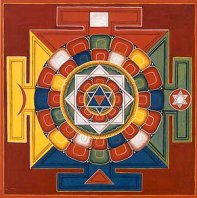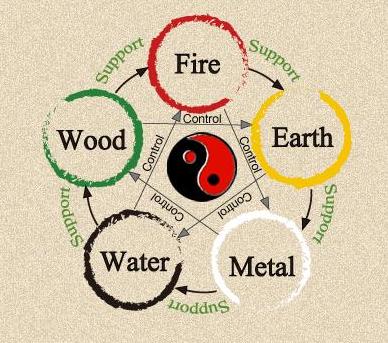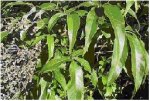SIGNIFICANCE OF NUMBER 5
booklet compiled by Lalitha Venkat for Anita Ratnam (Artistic Director, Arangham Dance Theatre)
Source: Internet
MEDICINE

* The philosophy of the five elements formed the basis for Indian
Ayurvedic Medicine which later was incorporated into Tibetan Medicine.
This mandala explains the relationship between the diseases and their
treatments.
* Ayurveda uses five types of evaluative tools, known as the
pancha nidana, to diagnose disease. Pancha means “five”, and nidana is
“diagnostic methods.” These are the cause (nidana), preliminary signs
(purva rupa), symptoms (rupa), exploratory methods (upashaya) and
disease development (samprapti).

* Pre-1950’s Chinese Medicine was heavily influenced by the Taoist
system of nature, working in harmony with a person's Body-Mind-Spirit.
The five elements of water, wood (air), fire, earth and metal (space)
are worked with to create balance. The Law of the Five Elements and
their association to the Body-Mind-Spirit are the essence of Ancient
Chinese Medicine.
* In traditional Chinese philosophy, the Five Elements theory can
be applied to everything, from rivers to sounds to body organs, and is
used to describe interactions and relationships between phenomena in the
universe.
* In Cosmic Healing II the emphasis is on connecting the body with
the five elemental forces of nature - the moon and sun, the planets,
the stars, galaxies and other celestial phenomena. Cosmic Healing
II teaches people how to take full charge of their health and
well-being.

* Five-leaf Chaste tree (Lagundi) is a shrub, about 5 meters in
height. The leaves are arranged like the fingers of the hand and is used
to treat asthma, cough, body pains, fever.
|